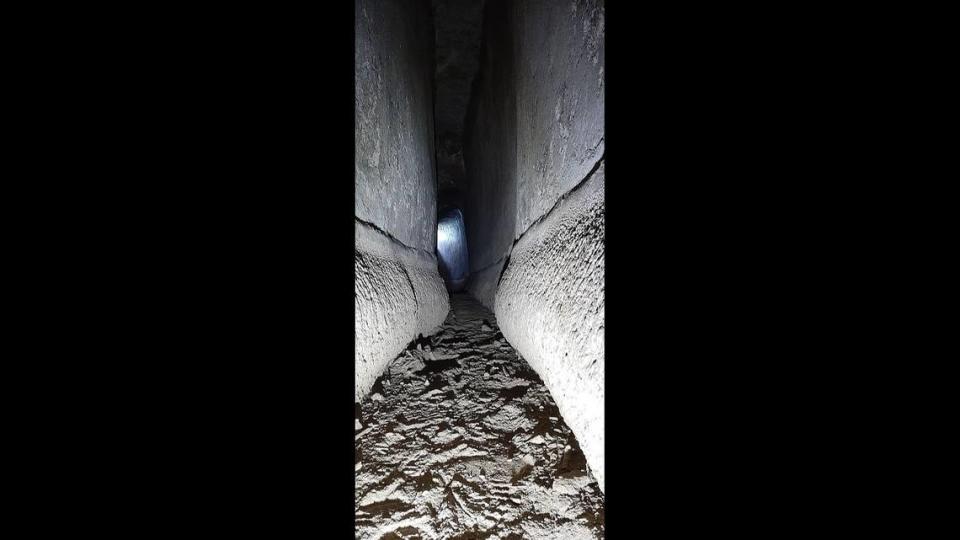Roman aqueducts unearthed in Italian hillside. Take a look through the ancient tunnels
Decades ago, children would play in the caves and tunnels under the hill of Posillipo in Italy. They would run and duck through the subterranean world, weaving through miles of underground tunnels.
When the now-grown adults told stories of the tunnels to researchers, they were puzzled, LiveScience reported.
Italy has a rich history of underground aqueducts built by the Romans to move water throughout their cities. The structures have continued to baffle modern architects for their strength and ingenuity. But, most of the aqueducts that have been studied exist in Rome, not in sprawling cities like Naples.
The tunnels the children once played in were actually part of the Aqua Augusta, a network of tunnels and caves covering at least 87 miles that brought water to people along the Italian coast, according to researchers.
The Aqua Augusta was built between 30 B.C. and 20 B.C., connecting Naples to Pompeii and to other outposts and suburban areas.
The Cocceius Association, a nonprofit speleo-archaeological group, went into the tunnels and released a report describing their conditions and providing photos from inside their walls.

Using clues from what the locals remembered from their childhood adventures, according to LiveScience, the group was able to locate a portion of the aqueduct that brought drinking water to the hill of Posillipo and the Italian island Nisida. About 2,100 feet of preserved aqueduct have been explored and mapped, the longest section of the Aqua Augusta found so far, the Cocceius Association said.
The tunnels range from smooth channels to rugged caves, and exploration will continue to see how far the aqueducts really go.
Rabun Taylor, a classics professor at the University of Texas at Austin, told Live Science that this particular section is interesting because “it is actually a byway that served elite Roman villas, not a city. Multiple demands on this single water source stretched it very thin, requiring careful maintenance and strict rationing.”

The researchers hope that by exploring the Aqua Augusta, they will be able to better understand the geography and construction of Roman aqueducts, many of which were built over a period of 500 years between 300 B.C. and 200 A.D.
Google Translate was used to translate the report from the Cocceius Association.
What happens when underwater volcano erupts? Photos show explosive scene in Vanuatu
Reptile dealers smuggled thousands of creatures worth $5 million from the US, feds say
Video showed Chinese vlogger prep and eat great white shark. Now she’ll pay thousands
Pack of 20 bull sharks spotted on the prowl in heart of Australian city, video shows


